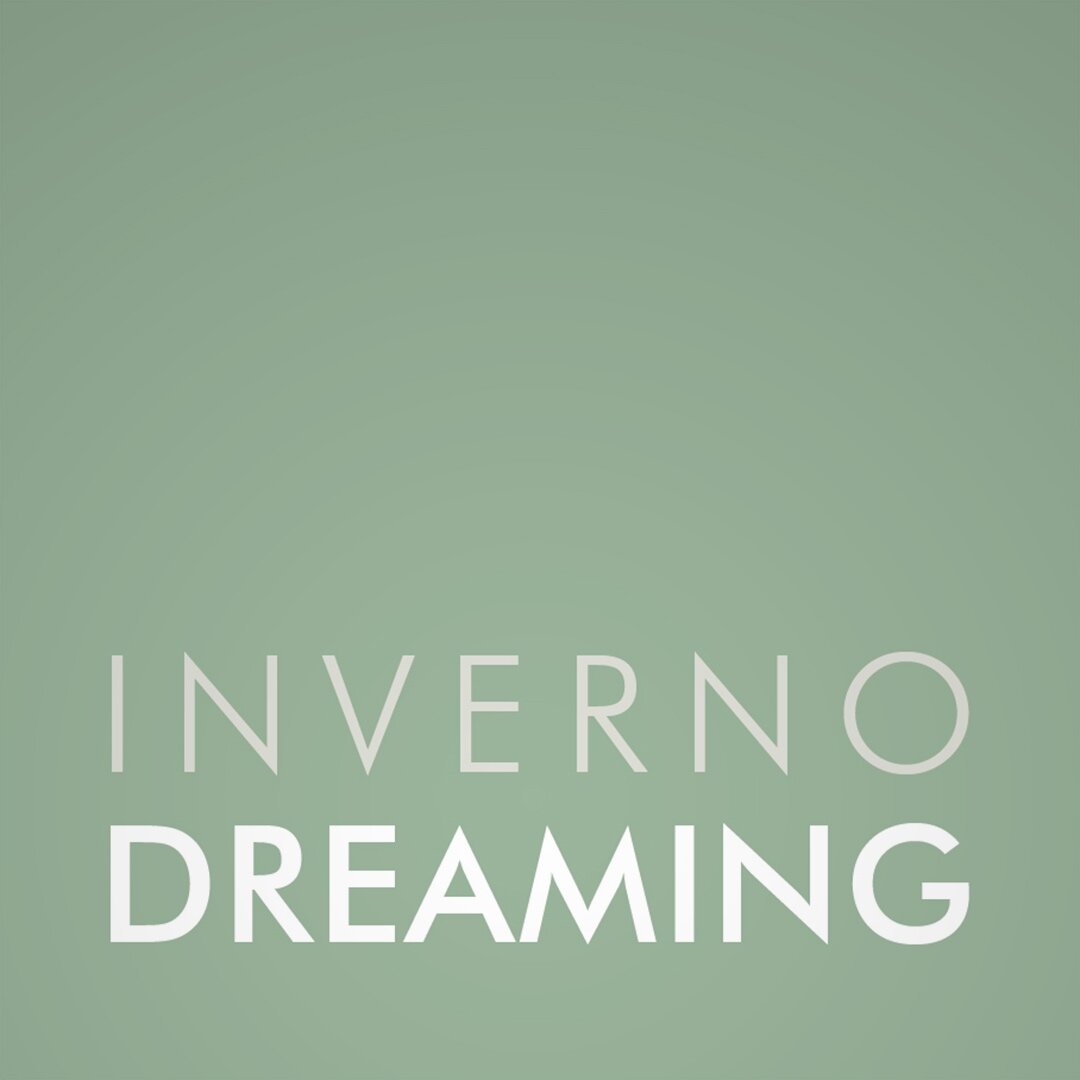I've wanted to try shooting movie stock for some time, I mean who wouldn't want a bit of Hollywood sparkle in their work? So, with a roll of Kodak Vision 3 250D loaded in the back of my CONTAX RTS III ready to test, Skylar and I went down to the shed to shot some.
Kodak's Vision 3 is the movie industries leading film stock, used in films like Spike Lee's BlacKkKlansman and Quintin Tarantino's Once Upon a Time in Hollywood. Kodak only sell Vision 3 in bulk cans intended for motion picture cameras, so, I bought my film cut and hand-rolled into 35mm photographic cassettes by the vendor.
Kodak Vision 3 is a colour negative film that is processed in ECN-2 chemistry or can be cross-processed with standard C41 with acceptable results. It is available in 50D and 250D (daylight) and 200T and 500T (tungsten). The main characteristics are excellent highlight latitude, reduced grain in shadows and outstanding skin and colour reproduction. The biggest difference between Vision 3 and other standard photographic films is its remjet coating. Remjet is a carbon black anti-halation protective coating on the back of the film that has multiple purposes including acting as a lubricant that allows the film to speed through a motion picture camera at 45cm per second. It is because of this remjet layer, that you can't just send Vision 3 to a commercial lab for C41 processing because the remjet will contaminate the processing machines chemicals. All this means that Vision 3 is best developed by hand which allows easy removal of the remjet coating. There are lots of ways to do this, I decided on a pre-wash solution of 500ml hot water between 35ºC - 38ºC with 50g of bicarbonate soda. Before processing with standard C41 I agitated the film in the bicarbonate solution for 30 seconds and let it stand for 30 seconds, I repeated this twice before dumping and running in 35ºC water till clear. Doing this removes most of the remjet and from here on in it’s the standard C41 process until just before stabilisation. At this point, I hung the film and with a wet microfiber cloth carefully wiped away the remaining residual remjet from the back (non-emulsion side) of the film with 4-5 wipes. I then dropped the film into stabiliser before hanging it to dry in the usual way.
I really like the results from this roll and now I can't wait to try the 500T, maybe at night to see how well that anti-halation works. On these portraits, I noticed a strange feature on some of the frames, there are ghost images of the sprockets, I don't know the cause but I think it's possibly a result of hand rolling the film? If anyone has seen or knows what could have caused this please let me know. For now, I'll think of it as a 'happy accident'.

